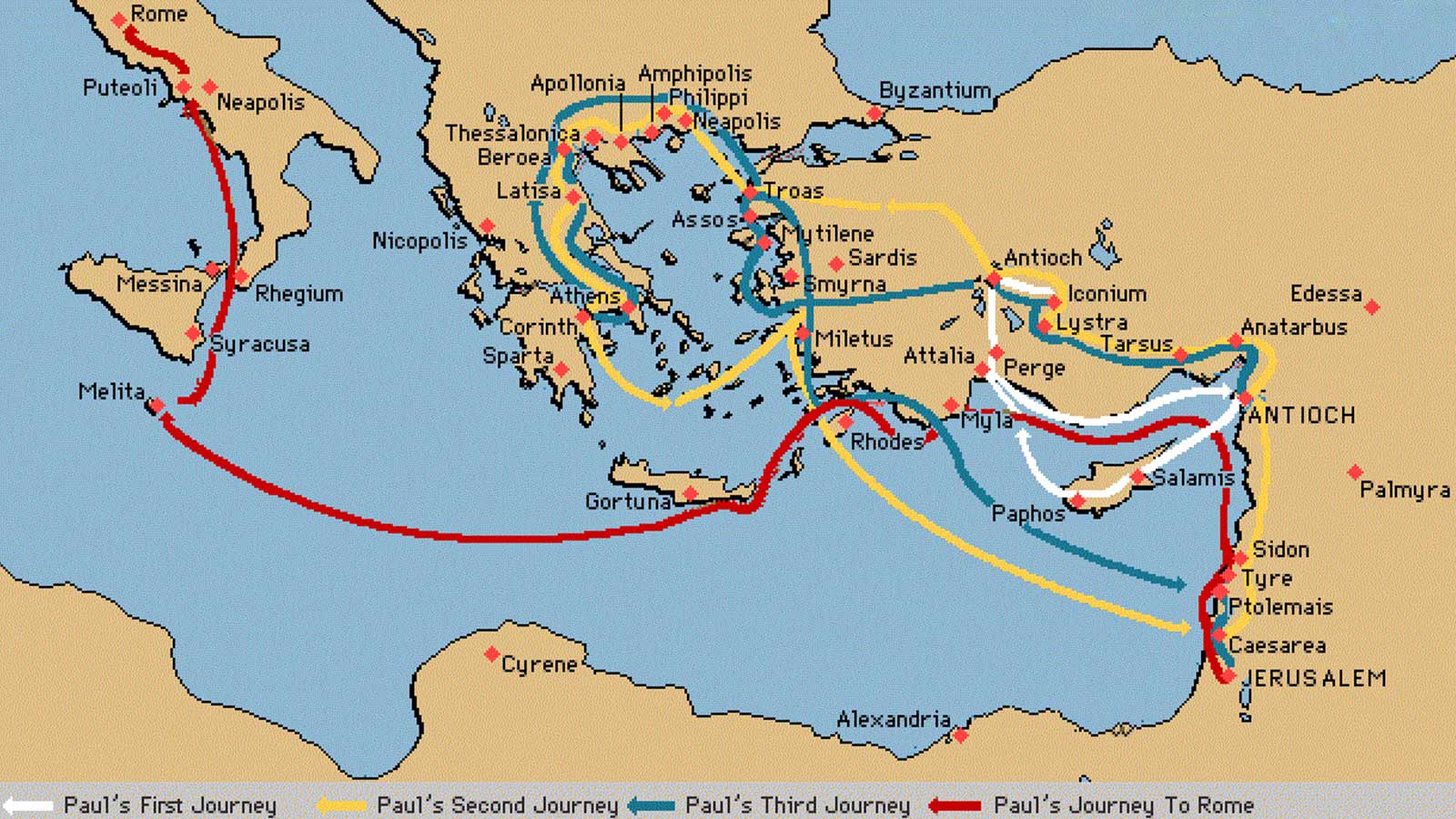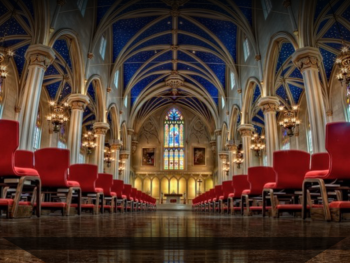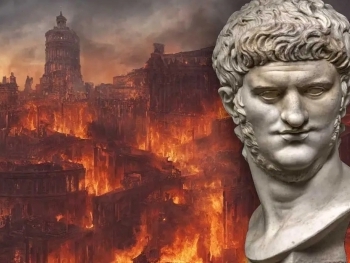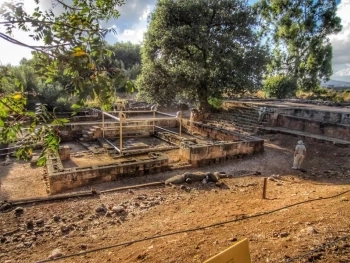Paul's missionary journeys were instrumental in the growth and spread of Christianity throughout the ancient world. Through his travels, Paul established churches, preached the gospel, and wrote many of the letters that make up the New Testament. A map of Paul's missionary journeys can help us visualize the early church and the impact that Paul had on its growth.
Paul's first missionary journey took place in the mid-40s CE, and he traveled to the island of Cyprus and then to the cities of Pisidian Antioch, Iconium, Lystra, and Derbe in what is now Turkey. In these cities, Paul preached the gospel and established new churches, despite facing persecution and opposition from some of the local Jewish communities.
Paul's second missionary journey began in the late 40s CE, and he traveled through Greece and Macedonia. Along the way, he established churches in cities like Thessalonica, Philippi, and Corinth. It was during this journey that Paul wrote some of his most famous letters, including 1 and 2 Corinthians, Philippians, and 1 and 2 Thessalonians.
In the early 50s CE, Paul embarked on his third missionary journey, which took him to Ephesus, one of the largest cities in the Roman Empire. While in Ephesus, Paul established a thriving church and stayed there for over two years, preaching and teaching. He also wrote the letter to the Galatians during this time.
Paul's fourth and final journey was undertaken in the mid-50s CE and took him to Rome, the center of the Roman Empire. While in Rome, Paul was under house arrest but continued to preach the gospel and write letters to churches in other parts of the empire. It was during this time that he wrote the letters to the Ephesians, Colossians, Philippians, and Philemon.
Mapping Paul's missionary journeys offers a glimpse into the early church and the growth of Christianity in the ancient world. Through his travels, Paul spread the gospel and established churches in cities that would become important centers of Christianity for centuries to come. Today, these cities remain important pilgrimage sites for Christians, and the legacy of Paul's missionary journeys can still be felt in the modern world.




